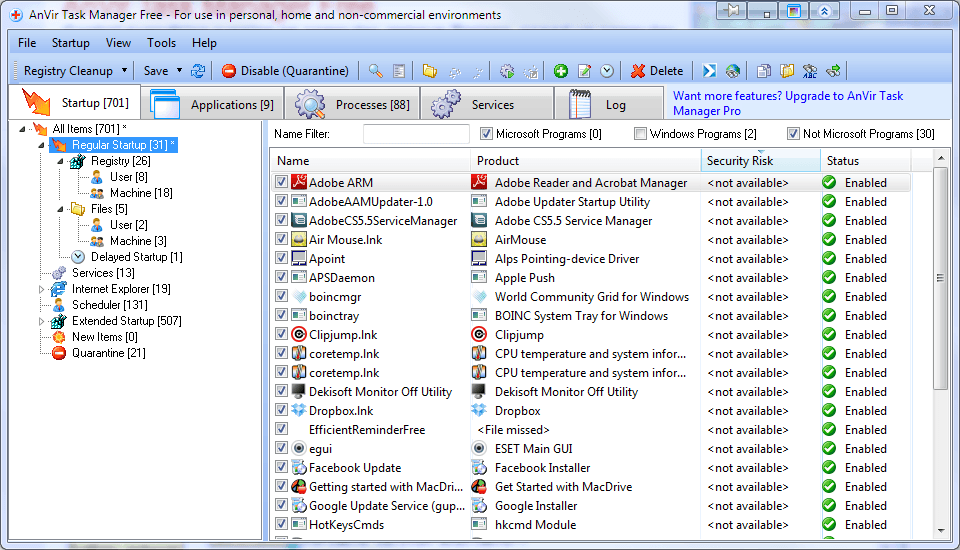

This location is the Windows Task Manager. 2.) Auto run Programs via Windows 10 Registry Entry and also on Win 11 Please start the Windows 10 Registry-Editor via Windows+R keyboard shortcut and the command regedit and browse to autorun entries: HKEYCURRENTUSERSoftwareMicrosoftWindowsCurrentVersionRun. You can only enable or disable those currently inside of the Startup folder. The only difference is that programs cannot be added or removed. Under the 'Related settings' section, click the Additional power settings option in the right pane. There is one area that enables you to interact with the Startup function, which contains all of the programs found inside of the folder. To enable Windows 10 fast startup, use these steps: Open Settings. Attempting to understand why a certain application isn’t opening, or when working with applications that feature user-based licensing or access restrictions will require you know which Startup Folder to configure. Understanding the distinction between the All Users and Current User Startup Folders is important when it comes to troubleshooting. Navigate to Microsoft Windows Start Menu Programs Startup. This will launch File Explorer with the correct folder open. Type in appdata without quotation marks and press the Enter key on your keyboard. This is going to bring up the Run utility. Each account will contain a unique Startup Folder in addition to the universal Startup Folder. Press the Windows + R keys on your keyboard. The second one only really matters if you have multiple accounts on your Windows 10 computer. One Windows 10 Startup folder operates at the system level and is shared among all user accounts (All Users folder), while the other operates at a user level and is unique to that user’s account (Current User folder).
#WIN 10 STARTUP MANAGER HOW TO#
You can now see the full path and command-line of that startup entry.įix 1: If the program (.exe) file is NOT present in the specified folder, then see article Remove invalid entries from Task Manager Startup tab to know how to remove the orphaned Startup entry in Task Manager via the Registry Editor or using the Autoruns utility from Microsoft.When it comes to the Windows 10 Startup folder, it can be found in two different locations. Now the origin of the “Program” entries are displayed.

This article tells what does the “Program” entries in the Startup tab mean and how to get rid of those entries.
#WIN 10 STARTUP MANAGER UPDATE#
Choose Update and Security option>Recovery Click Restart now under Advanced startup Select Troubleshoot option Select UEFI Firmware Settings Click Restart to boot the computer in to UEFI (BIOS) screen. The typical way to disable startup items is by opening Task Manager. The startup entry refers to an invalid or non-existent file under “Program Files” folder. On Windows 10, just follow the steps below to enter BIOS (UEFI) setup.


 0 kommentar(er)
0 kommentar(er)
